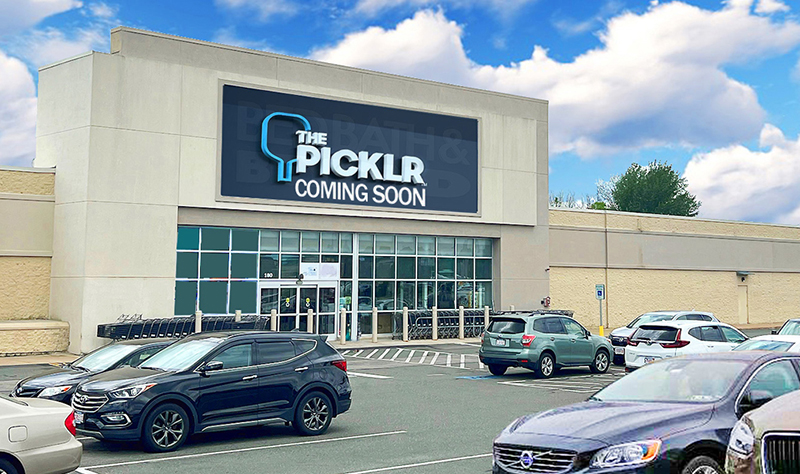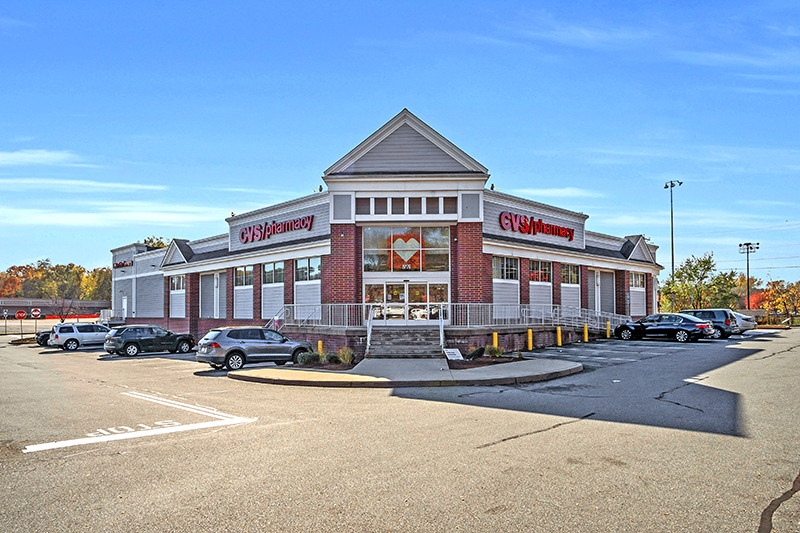News: Retail
Posted: August 25, 2009
What does building your brand really mean? What should it mean?
What does "Building Your Brand" really mean? What should it mean? Defining what the somewhat cliché term "brand" truly represents to our customers and ourselves is critical to sustained business success. A brand is the expression of the cohesive essence of a company, your company. It is your core values and the expression of those values to your customers and community.
It is your story. So, what is your story?
Right now, at this moment, do your customers know your story? Do their experiences with your company support and enhance that story? A well designed and consistently presented brand program is critical to success of your company.
All aspects of the customer experience must be considered and evaluated against the core values that define why a customer would choose you instead of your competitor. From the physical spaces that our customers visit, to your employees who care for your clients, it all must support and unify the customer experience which is your brand.
This happens every day at every business, from the local coffee shop, to the electric company and the dry cleaner. If we think of the actual companies we use for the categories listed we will each have a brief emotional thought about the companies that we deal with in our own lives. This reaction is a reflection of their brand. Was it a positive reaction? If we want to succeed, then we better make sure our customers reaction is a positive one.
So, what are the first steps to defining your brand, your message? What are you selling? Not the physical item but the emotional connection that completes the sale. Trust, security, convenience, fun, these are the motivators that bring people in the door and if that emotional commitment is realized it will bring them back. Know who you are and then you can define the brand elements to reinforce this.
Analyze each aspect of the customer experience. How should we answer the phone, welcome people into our buildings, deliver our products, resolve issues. Once a thorough analysis of what the customer really experiences is completed, areas requiring change will emerge as well as unique aspects of your process that can be promoted. Often the core values of your business will become more defined and an accurate mission statement will develop.
Now the decisions of how to convey your values to your customer need to be made. Often a designer is employed to help translate your story into a physical space, a marketing plan, a logo, and collateral material. A brand standards program is typically created that provides a roadmap on how to display and use your brand imagery to maintain consistency.
This is where many brand programs begin and end. The first two steps are critical because the best design in the world cannot mask a poor customer experience due to ill conceived operations. Know what you are and how to deliver results first, then the design work will support and promote your talents.
Implementation is the next key step. Start by first training your staff to handle customers in a manner consistent with your core values. Supplement this training with the newly designed materials that promote your products in a manner that supports your brand standards.
Evaluating and remodeling or upgrading your environment often is the next step. Simple changes to your signage, architectural building elements, lighting treatments, and interior environments can make a tremendous difference in how a customer experiences your space. You know what "story' you want to tell, now make sure the space tells that story.
This unified brand experience will provide a sustained return on investment. The effort today will create a memory with your customer, which the efforts of tomorrow can enhance and build upon.
Size doesn't matter. The largest corporations spend billions per year developing, promoting, and enhancing their brands. They would not commit such large resources if the return on investment was not present. A small business will realize the same returns and there are numerous case studies that support this.
"Building Your Brand" requires that you ask difficult questions and accept the answers. Asking, accepting, changing, defining, and implementing your brand will take some soul searching, and a fair amount of effort but you will be far ahead of your competition. You will clearly understand "your brand" and how to tell this "story" to your customers.
Richard Poyant is president of Poyant Signs, Inc., New Bedford, Mass.
Tags:
Retail
MORE FROM Retail
Mace of KeyPoint Partners negotiates 36,192 s/f lease for The Picklr at Endicott Square
Danvers, MA KeyPoint Partners (KPP) negotiated a lease with the nation’s premier indoor pickleball venue The Picklr at Endicott Sq. Vice president of retail brokerage Don Mace negotiated the transaction on behalf of the landlord.

Quick Hits




.jpg)


.png)